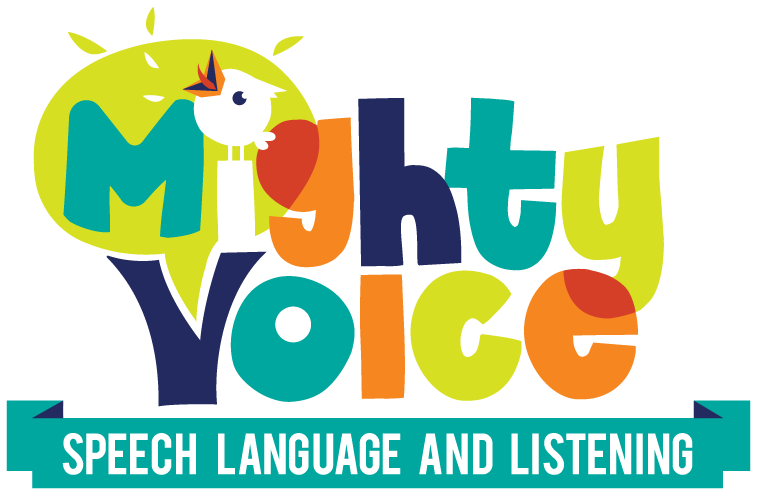If you read my post about why self advocacy skills are important, you already know that I am all about supporting our children to be as independent as possible, as early as possible. And, yes, this includes self advocacy skills for your toddler.
It may be hard to think about toddlers who has hearing loss working on self-advocacy skills. After all, they’re still learning how to do the basics like walk and talk. But, like I’ve said before, self advocacy starts early, and there are things our kids can do, especially with our encouragement and support.
Here are some of the self advocacy skills you can start to build with your 2-3 year old who has hearing loss:
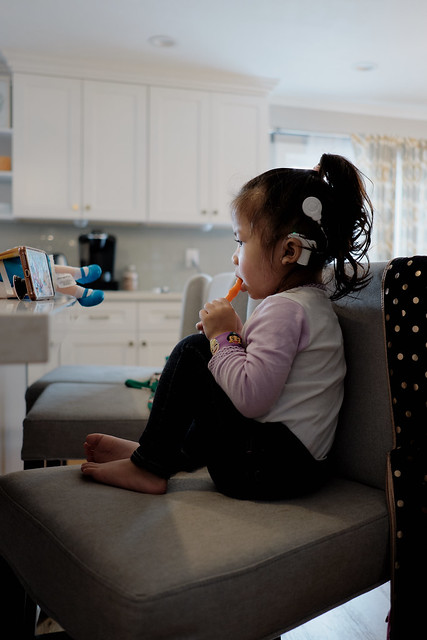
Notifying you when their equipment isn’t working, or batteries are dead.
This can be really simple at this age, depending on your child’s communication skills. You could teach them to point at their device when it’s not working, or just tell you “Not working” or “no battery” as they gain some language skills.
Another way to work on this would be to associate a picture with a working device, and another with a device that isn’t working–maybe a big smiley face for a working device, and a sad face for a non-working device. You can laminate the photos, and leave them out where the child can find them easily. Teach them to point to the picture that shows whether their device is working or not.
If you have a child you’re sure isn’t going to do anything crazy like swallow them, you may ask them to help you dispose of used batteries, or carry their rechargeable batteries back to the cradle to charge.
Participating in Ling 6 Sound Checks.
When your child participates in Ling 6 Sound Checks daily, it helps them understand that they’re involved in their own hearing status and device use, which leads to the eventual goal of them being responsible for their own devices.
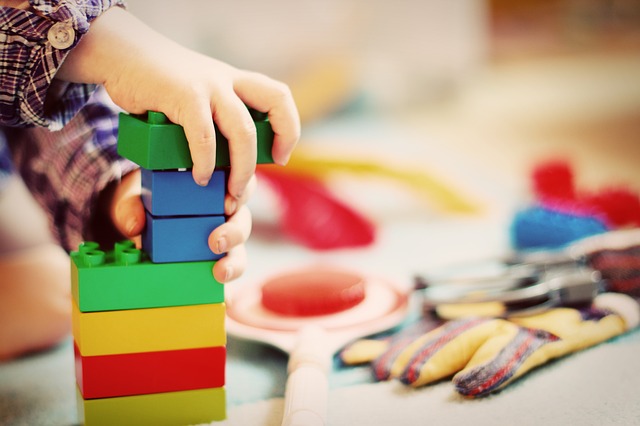
There are many ways children can participate in Ling 6 Sound Checks. They can drop a toy in a bucket for each sound they heard, add a block to a tower, touch a toy that corresponds to a sound when they hear it, or eventually imitate the sounds that they’ve heard. If you need more ideas or instruction on how to do the Ling 6 Sound Check, be sure to ask your speech language pathologist or teacher of the deaf.
Encouraging them to put their own technology back on when it comes off
Keeping listening devices like hearing aids or cochlear implants on a busy baby or toddler can be an endurance event. But, every time they come off, you have an opportunity for your child to participate. Teach them to put them back on. It may have to be your hand over theirs, or you bringing the device most of the way to their head and letting them do the final little bit. Over time, it’ll become habit, and they can start to take over and independently put their technology back on when it comes off.
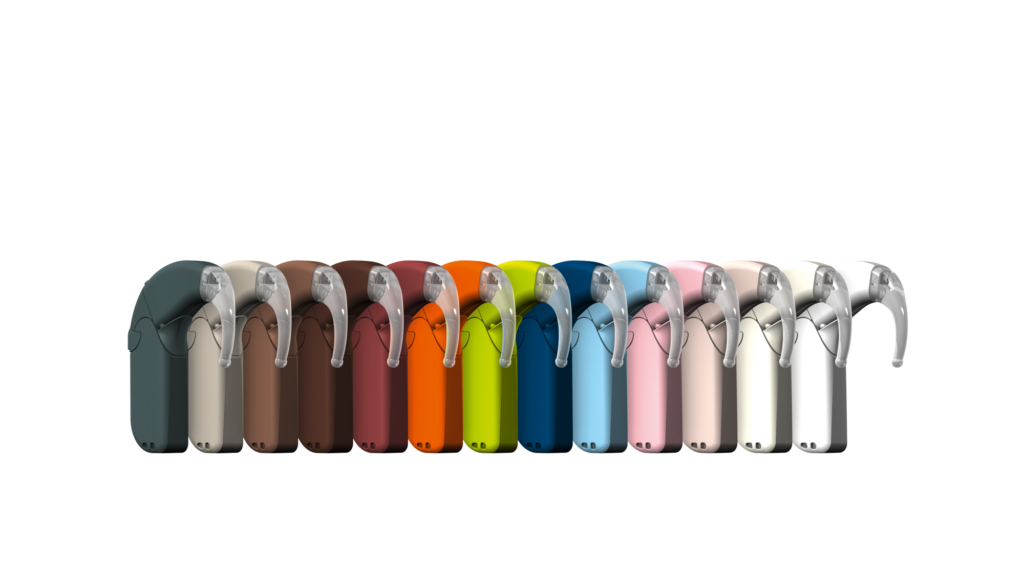
Choosing their accessories
Again, it’s a small thing, but even the small things add up to the big things as our children grow. When possible, let your toddler choose the accessories they want to wear with their devices. This might mean they choose their soft band for the day, or a decal to go on their hearing aids, or the color of their headpieces. Even making small choices like this builds their confidence and participation in their hearing journey.
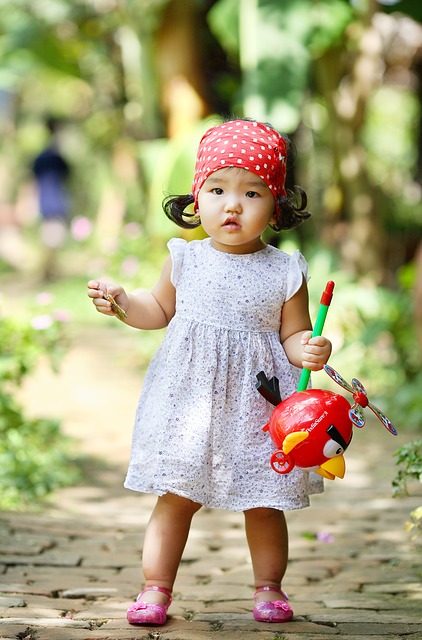
Also, don’t forget, they’re toddlers
Your child is not going to want to participate all the time, and may have big feelings about some of the things we’d like them to do. Don’t sweat it. With consistency and persistence you’ll help build their skills, whether or not they are willing to help you carry the batteries today. My favorite advice about toddlers comes from Janet Lansbury’s book “No Bad Kids, Toddler Discipline Without Shame,” (affiliate link) and she says this:
There are no bad kids, just impressionable, conflicted young people wrestling with emotions and impulses, trying to communicate their feelings and needs the only way they know how.
Janet Lansbury
